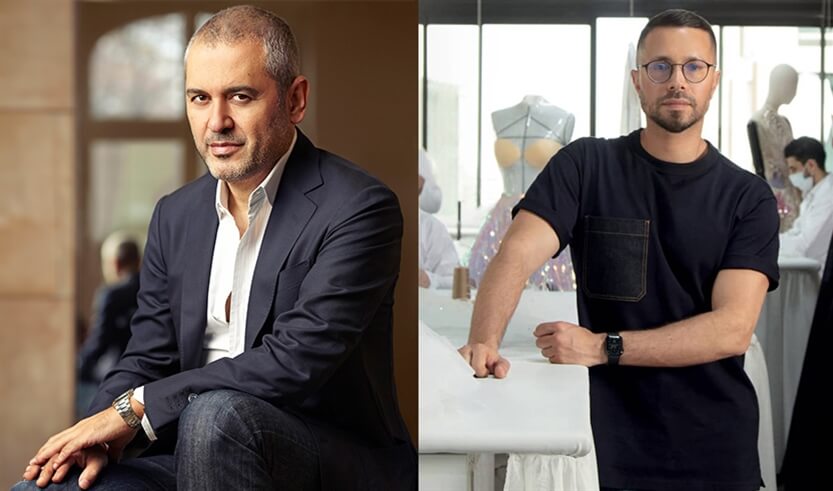What is Instagram shopping?
Source
https://www.oberlo.com/blog/instagram-shopping
24 August 2020
Instagram, the photo-sharing giant, boasts an active base of more than 1 billion people.
That’s huge, and it only seems bigger when you consider that 500 million of those users engage with the app on a daily basis.
Big numbers for sure, but behind those numbers is an even bigger opportunity for ecommerce entrepreneurs.
How so?
Well, 80% of Instagram’s total active user base follow at least one business account.
If you don’t have a calculator to hand, that’s 640 million people. 640 million people who are actively trying to engage with businesses (small and large) on the app.
Simply put, this makes Instagram the dream platform for entrepreneurs and social media marketers alike.
And Instagram know this. They’re actively releasing new features to improve the cohesion between Instagram the platform and the brands who use it.
Instagram Shopping (also known as Insta Shopping) is a prime example of this – their latest feature was introduced to help brands to maximize the potential sales which they can generate from the platform.
Can You Sell On Instagram?
Yes! As of February 2018, you can sell products directly on Instagram through Instagram Posts and Stories. By simply tagging products in your Instagram images, you can lead your Instagram followers to your product pages where they can purchase products quickly.
If you’re interested in how Instagram Shopping works, and if it’s a good fit for your brand, this is the post for you. We’re going to do a deep-dive into how Instagram Shopping works, how you can use it to sell on Instagram directly, and how you can increase your brand’s visibility on the platform.
Okay, there’s a lot to cover, so let’s jump into it!
What Is Instagram Shopping?
Instagram Shopping, or “Shopping on Instagram” is a feature which was created to enable ecommerce brands to create an “immersive storefront for people to explore your best products with a single tap.”
The core functionality of this new feature allows brands to highlight specific posts from their Instagram feeds and then tag the products that are present.
And why is this so great for ecommerce brands?
Well, it makes it so much easier for brands to underline any products that they’ve incorporated into their Instagram content.
Without the Instagram Shopping feature, the user journey would unravel like this:
An Instagram user follows a branded account.
Said Instagram users notice a post from the branded account, enjoys the content, and they may leave an image or comment to express interest in a product.
Said Instagram user would need to visit the branded account’s website and see if they can locate the product that was featured in the Instagram post.
In that flow, there’s no guarantee that the user will find the product and purchase it. This just makes the difficult task of converting customers even harder, especially if they’re moving between channels.
Now let’s take a look at how Instagram Shopping transforms this flow in favor of ecommerce brands:
An Instagram user follows a branded account.
Said Instagram user notices a product on their feed from the branded account that they’re interested in. All they need to do is tap on the content and check if the product has been tagged.
If the product has been tagged, they can click on the product once more and they’ll be directed straight to the product page on the brand’s website.
If you compare the two flows, it’s clear to see that Instagram Shopping makes it a lot easier for ecommerce brands to convert their customers from their Instagram efforts.
But, there’s more!
Instagram Shopping is available on both regular Instagram posts and Instagram Stories.
Related Articles

18 November 2022
New tools have just been released by Meta to assist creators in expanding their communities, finding new audiences, and making money from their content.

10 September 2024
Lebanese designers Elie Saab and Rami Kadi are embracing the metaverse, redefining fashion shows through immersive digital experiences. By blending haute couture with Web3.0 technology, they create interactive, globally accessible events that push the boundaries of fashion and innovation.